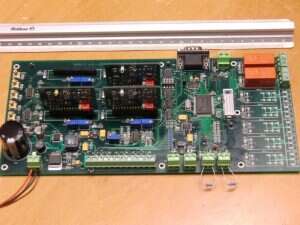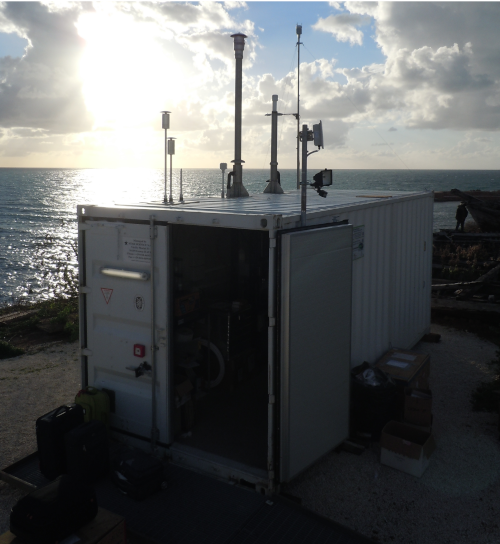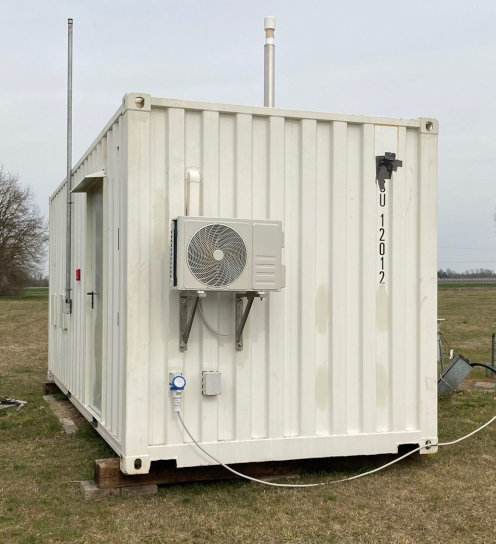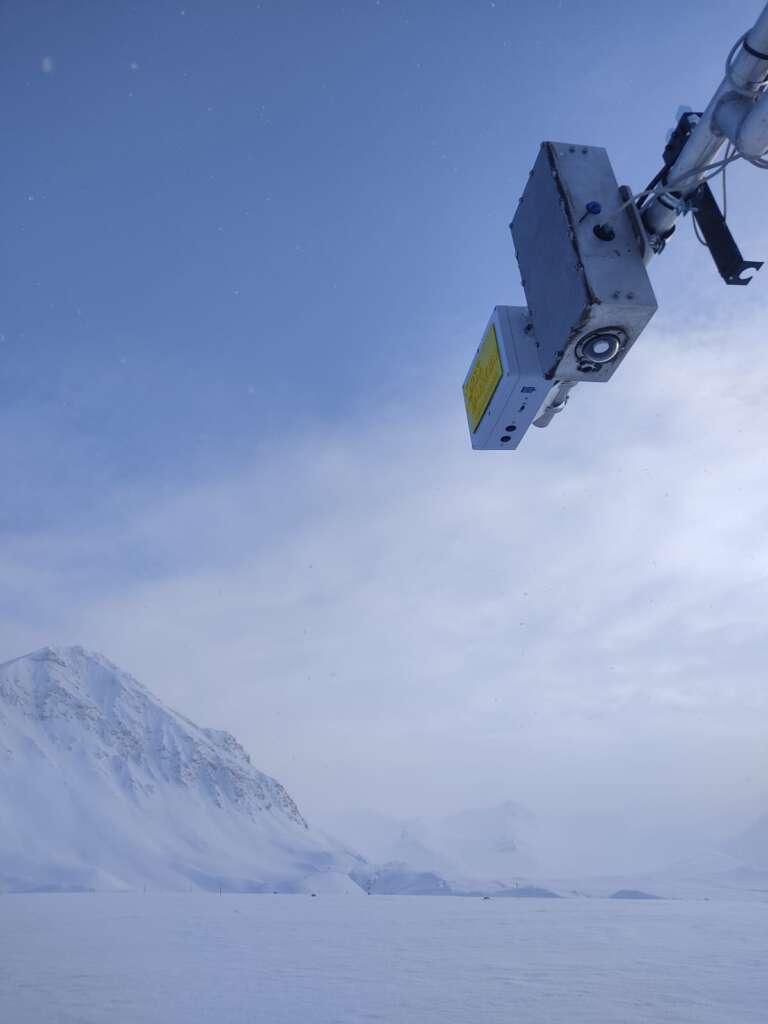
This unit, in the O.E.M version, directly manages the signals of six photomultipliers. The analog signals are managed by the LPST1 unit that provides the appropriate triggers to form the input pulses. The processor manages the inputs with a multiple acquisition of 1024 channels per input, counts the internal and external events of the windows of interest and communicates data to a remote PC. A proprietary protocol of the ON-Demand type is widely used in other instruments, including the aerospace ones (see LDB telemetry). The remote PC can also acquire information of the state of the card itself, power supply, temperature, state of the actuators as 8 digital inputs. The PC can control up to seven power relays, specifying their status and activation time. A later high-speed RS232 serial is dedicated for maintenance and inspection operations. There are available two 0-5V analog outputs and two 0-5V analog inputs. The card accepts a DC or AC power supply of 8 and 30 V. In the picture, the P6SPA card is configured with 3 photomultiplier inputs and two output relays.
(italian)


